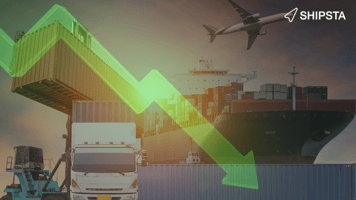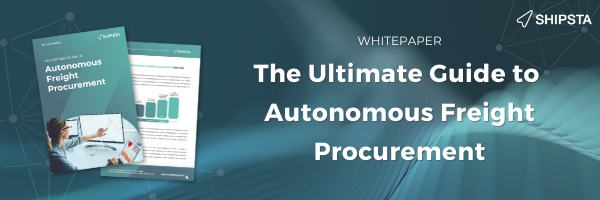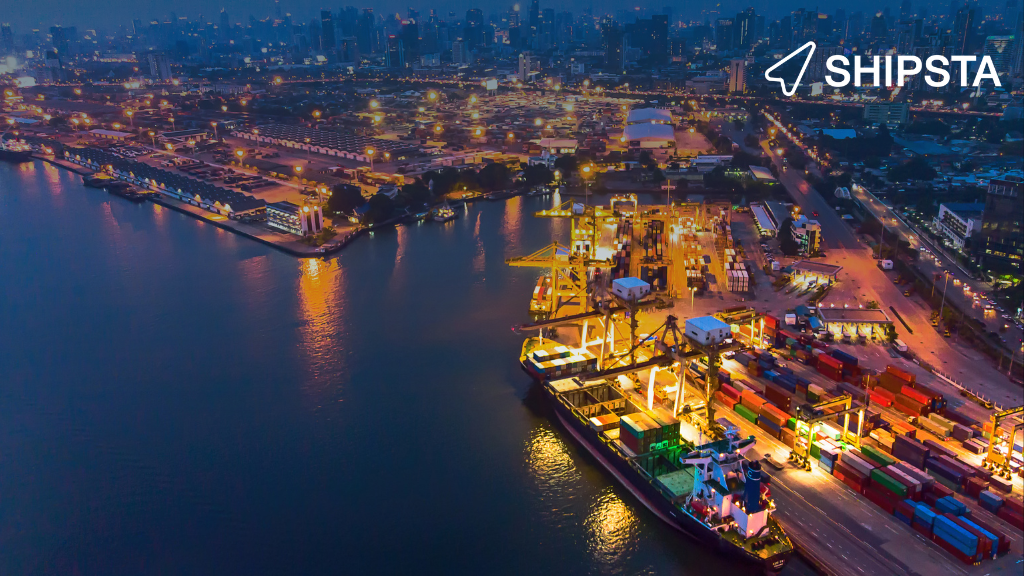Freight costs reached record highs in 2021 - and they're set to continue to increase in 2022 too. At times like this, thinking creatively about your outgoings and implementing strategies that ensure not a single cent is wasted will make all the difference.
So to help you keep your freight procurement budget on target, here are 3 smart ways to cut your freight procurement spend and offset this year's rising rates.
1. Digitise your freight invoice auditing
 There could be a lot of money hidden away in your incorrect invoices. A study by Gartner found that around 10% of carrier invoices are overcharging shippers.
There could be a lot of money hidden away in your incorrect invoices. A study by Gartner found that around 10% of carrier invoices are overcharging shippers.
However, reconciling carrier invoices isn't as simple as checking a restaurant bill. When you have many different carriers and lanes mixed with varying surcharges and contract conditions it becomes incredibly complicated. And that doesn't even take into account different modes of transport and international regulations.
So, how can you claw back that 10% without a tonne of manual administration?
Today, there are platforms built to specifically manage freight procurement invoice reconciliation. Our SHIPSTA partner AEB uses agreed rates and consignment data to instantly determine the cost of any shipment. The system can then charge customers or other parties to make invoicing effortless.
Alternatively, you can fully outsource your freight procurement invoice reconciliation. Our partner Martin & Sorbo have developed software designed to look for invoice discrepancies and can fully take over your reconciliation processes.
Using technology to ensure you only ever pay what you owe - and not a cent more - will give your budget the buffer it needs in this high-rate market.
2. Standardise your processes
Bad processes cost you money. Whether it's in wasted man-hours or poor decision-making due to low transparency - it can add a lot to your budget
Standardised processes reduce costs associated with a host of things. For example, they accelerate and simplify the onboarding of new team members. And the faster you have a new shipper up and running, the faster they can work without the support of your team, so everyone has more time to spend on cost-saving initiatives.
Rolling out total process standardisation can be tricky - especially when your team is based all over the world. But there are things you can do to make it easier:- Compile your processes in one easy-to-access space - Storing all your processes in a cloud-based system ensures that everyone has access anytime they need it. And when you want to make changes to official processes, everyone in the team can instantly access the new standards.
- Increase transparency using technology - Transparency is key to standardisation. Everyone in your team needs access to the right information to do their jobs in the way you expect them to. For example, if your entire team is working off different rates because they don't all have access to the most current sheets, they're not able to do their job properly. Simply storing all your rate sheets on one centralised platform, or using a freight calculator to instantly search rates, increases transparency and ensures everyone is working from a single source of truth.
- Centralise your processes on one platform - If your team has to jump between lots of different platforms and software just to complete a single tender - you're going to see inconsistencies in how they work and it'll be incredibly hard to monitor how they're working. Discover how you can centralise all your processes and integrate your business-critical applications on SHIPSTA's all-in-one platform.
3. Tender at the perfect moment
To get the best freight rates on the market, you need to tender when rates drop. But how can you monitor the market in real-time for all your lanes and tender fast enough to get those low-cost rates?
It might seem like too much manual work - but there's already software that can automate all these tasks. Autonomous freight procurement software integrates real-time market data into your rate sheets and instantly notifies you when the price of a lane drops. It can even automatically tender that lane for you - with as much or as little oversight as you'd like to provide.
Want to learn more about autonomous freight procurement? Download 'The Ultimate Guide to Autonomous Procurement' below and discover how this future-ready technology is changing procurement today.



